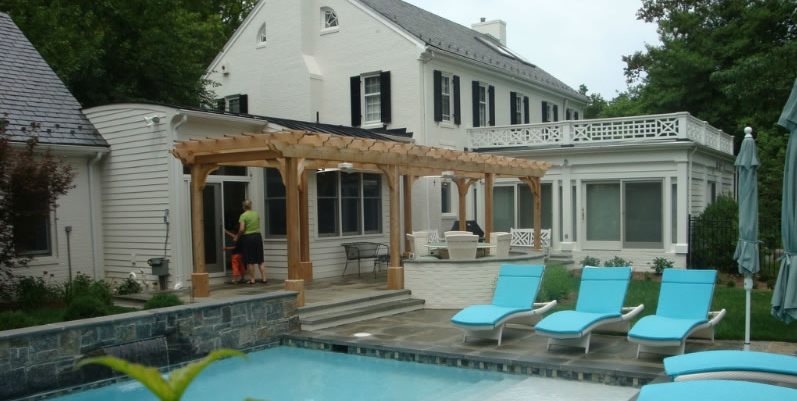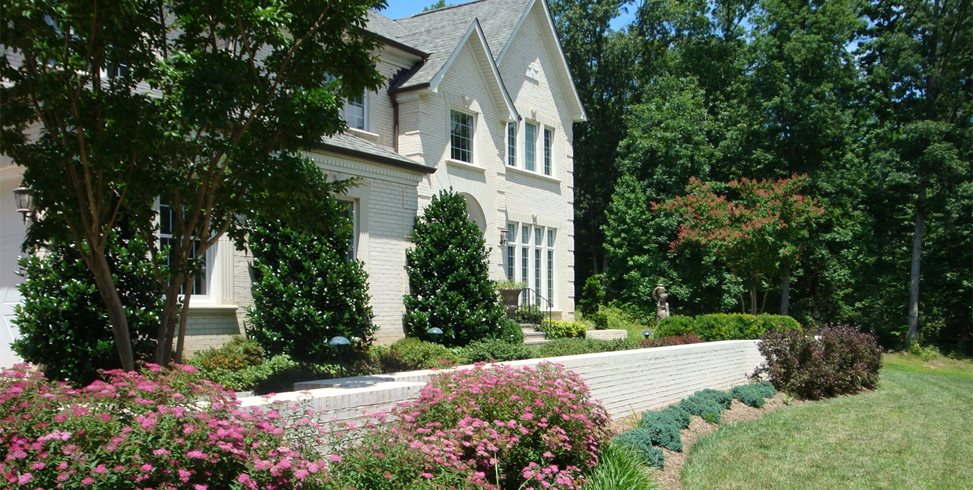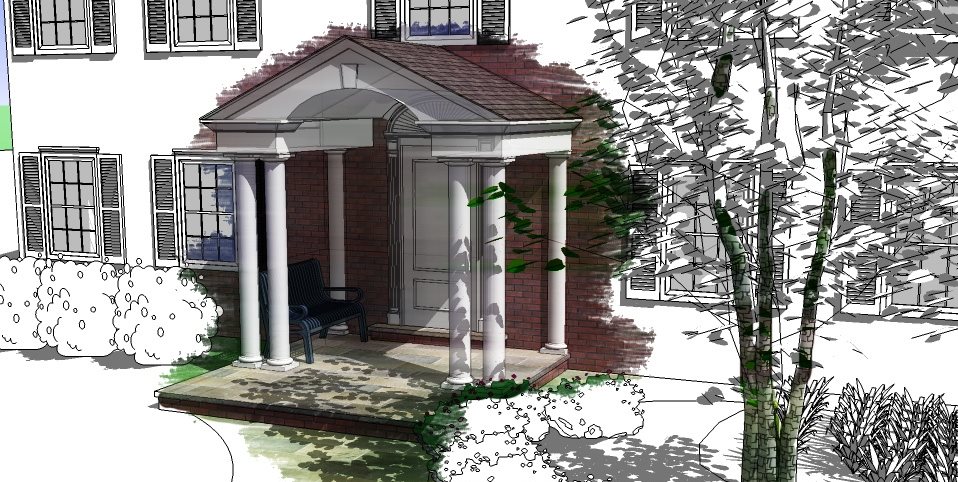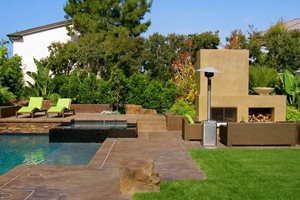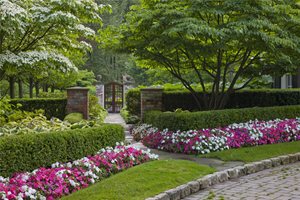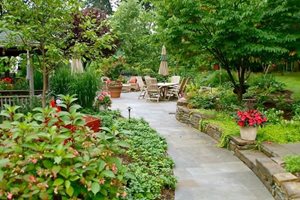Colonial Gardens
Eight dos and don'ts for landscaping a Colonial homeUse this design sheet to help you create the perfect Colonial landscape. You'll get ideas for color, décor, materials, plants and fabric. It is a great starting point for any New England landscaping project.
Colonial Landscape Design (PDF)
View all Landscape Design Style Guides
The Colonial style of architecture brings to mind stately, symmetrical homes with white columns anchoring the entry. Clipped boxwood hedges, topiary, and stone are the traditional elements in Colonial landscape design, and set an impressive scene in large estates. But in the home landscape, Virginia-based landscape designer David Marciniak, of Revolutionary Gardens, tries for a softer, more personalized approach to give the landscape a welcoming appearance. He designs custom landscapes that express the personality of the people living there, while still reflecting the classic New England architecture of the area.
-
You May Also Like:
English Landscaping - Dos and don'ts for landscaping in the English style
Cape Cod Landscape Design - Tips for landscaping Cape & Shingle-style homes
Here, Marciniak shares his professional tips for creating a comfortable landscape that highlights the best of Colonial architecture while still expressing your personal style.
Dos:
- Do use flowing curves throughout the landscape. A straight pathway from the street to the front door can look a little stern next to the strong lines of a Colonial home. A gently-curving front walkway softens the architecture and makes the entry feel more welcoming.
- Do repeat colors and other elements of the architecture in the landscape. A white picket fence, white posts or finials, and brick columns are all possibilities for bringing the architecture into the garden.
- Do emphasize the front door, then move the eye across the property with broad swathes of spirea, hydrangeas, daylilies, and other perennials and shrubs.
- Do consider leaving your boxwood unclipped. A curving boxwood hedge can give a nod to traditional design without feeling stiff and formal, and leaving it unclipped gives a loose, natural appearance which contrasts well with the architecture.
Don'ts:
- Don't be afraid to choose a big tree. In historic Colonial neighborhoods, the mature trees set the scene. The height and columns on Colonial buildings deserve a suitably majestic tree.
- Don't use pavers or concrete. Since stone is a traditional element in Colonial landscape design, stamped concrete or pavers can look out of place. If you use them, be sure to choose carefully so they look like real stone.
- Don't be too wedded to the theme. "Unless you live in Colonial Williamsburg, there's no need to try so hard," Marciniak says. Let your architecture and a few well-chosen elements speak for themselves.
- And most importantly, don't lose your personality in your landscape design. Be quirky! With careful thought, any element can be used appropriately within the theme. The best gardens reflect the character of the people who live there.
About David Marciniak
Marciniak's design background encompasses such diverse locations as the Southwest, California, and Ohio; yet he grew up in Rhode Island, so his first exposure to design and architecture was steeped in that New England aesthetic. Though Marciniak uses a lot of traditional elements when designing for this style of home, he also tries to bring a more naturalistic, flowing look to help soften the strong columns and formal symmetry found in traditional Colonial architecture.
Revolutionary Gardens
Manassas Park, VA

 Backyards
Backyards
 Front Yards
Front Yards
